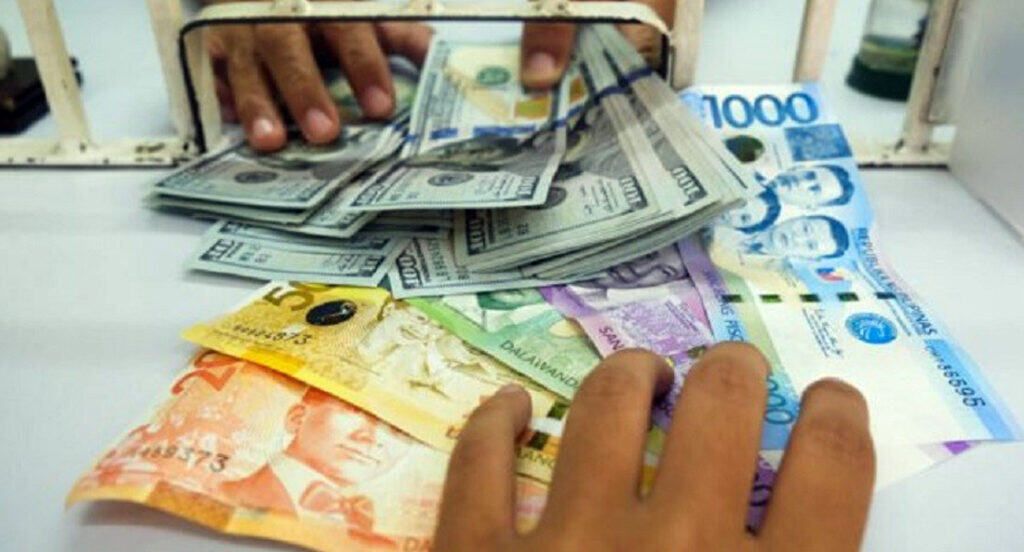

Narayan Prasad Dahal
In the realm of global capitalism and economic advancement, various avenues for economic prosperity have been identified. One such avenue, remittance, has emerged as a pivotal source of economic growth, particularly in developing nations like Nepal. Despite the country’s inherent resource wealth, mismanagement, policy inadequacies, and other factors have led to a reliance on remittance as a significant economic lifeline.
Remittance, defined as the transfer of money from individuals working abroad to their home country, serves as a vital support system for families and contributes substantially to the economics of many developing nations, often constituting a significant portion of their FDP.
Over the past two decades, remittance has served as a cornerstone of Nepal’s economy, becoming the primary source of foreign currency inflow due to underutilization of domestic of domestic resources and shortcomings in the tourism sector. Institutionalizing foreign employment with 110 nations, Nepal has witnessed a substantial growth in remittance inflow, reaching 7 Kharba 33 Arab rupees in the previous year.
Despite Nepal’s position as the third-largest sender of foreign employees in South Asia, it also stands as the fifth most remittance-dependent nation globally, with an estimated influx of 11 Arab US dollars by 2026. This was the report shown by the study of World Bank on Migration and Breif-2023. Notably, even amidst global economic crises and the COVID-19 pandemic, remittance inflows have continued to grow.
Major contributors to Nepal’s remittance include countries like Qatar, India, Dubai, Saudi Arabia, America, South Korea, and Malaysia. However, a portion of remittance still flows through illegal channels, comprising 2.35% of the total as per central bank. Even during the worldwide economic crisis and Covid lockdown, there has been significant growth in the remittance. The Department of foreign employment shows that 25 lakhs 22 thousand 458 people have received work permit in last five years.
Economists Dr. Govinda Nepal and ChandramaniAdhikari warn that while remittance significantly bolsters the nation’s economic sector, it cannot serve as a sustainable long-term solution. With Nepal’s exports accounting for less than 2 Kharab rupees, there exists a substantial trade deficit, necessitating focus on resourceutilization, export diversification, tourism development, and foreign investment for comprehensive national development. The proper utilization of resources, export of goods, development of tourism and foreign investment are foremost requirement for overall development of nation. Brain drain and exporting labor force will ultimately leads toward negative impact, though in current time it meets the need of foreign currencies.
Statistics from the Nepal Rastra Bank reveal that 20% of Nepalese families rely solely on remittance, with many struggling to meet basic needs. However, a significant portion is also used for debt repayment, daily expenses, health, education, and savings. Nonetheless, there is concern over the misuse of remittance funds, with considerable amount being spent on luxury items and illegal investments in cryptocurrencies, which negatively impact the nation’s economy.
Furthermore, the history of foreign employment in Nepal, which began around 200 years ago primarily from India, has now expanded to encompass numerous countries worldwide. Investments from foreign employment are often directed towards land, housing, gold, business ventures, and social work. However, there is also need to address the negative consequences, such as land wastage and agricultural decline. Initially, the history of foreign employment in Nepal started from India around 200 years ago. Today, most of the countries of world are destination of employment. The money imported from foreign employment is invested in daily survival, education, health and to meet other’s needs. 68.41% of people have invested such money in land and house ownership. As per the sample study made by central bank in Lumbini Province, 66.02% of remittance is saved, 52.67% is invested in Gold, 12.27% on business, 12.01% on social work, 9.14% on personal investment, 4.44% on stocks and bonds. Study has shown that due to foreign employment, 35.51% of agricultural land has been wasted. Therefore, policy should be made in order to invest such remittance on agricultural production.
New destinations for foreign employment are increasing order. On the first 10 months of fiscal year 2078/79 the number on Nepalese’s employee in Romania was 3706 here as on the same period of ongoing fiscal year, it reached up to 11,463. There was been increasement of 51% to receive new work permit for foreign employment in this fiscal year. As the number of Nepalese seeking foreign employment continues to rise, remittance remains a crucial driver of economic improvement, foreign currency reserves, and income generation.
Province 2 and Morang district are identified as bodies to receive high amount of remittance where as Sudurpaschim province and Manang district remains at low. Nepal has adopted the economic strategy based on agriculture, tourism, business and hydroelectricity. Unfortunately the large number of skilled manpower instead of being properly utilized at this sector has been forced to engage in foreign employment. This has resulted in wastage of resource. Keeping this things in consideration, respective bodies of government in each level should adopt the policy to make proper environment for investing remittance in above mentioned economic pillars and strategies. Nevertheless, the persistent imbalance between exports and imports, present ongoing hurdles for Nepal’s economic development.